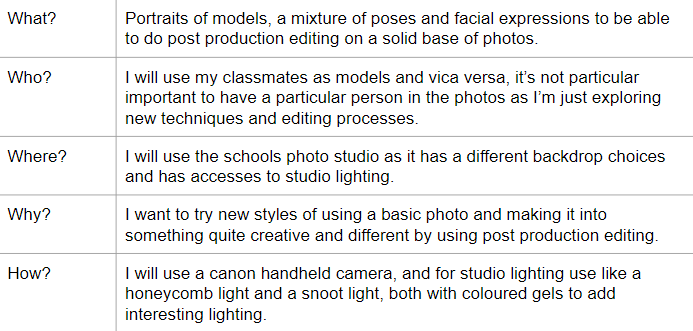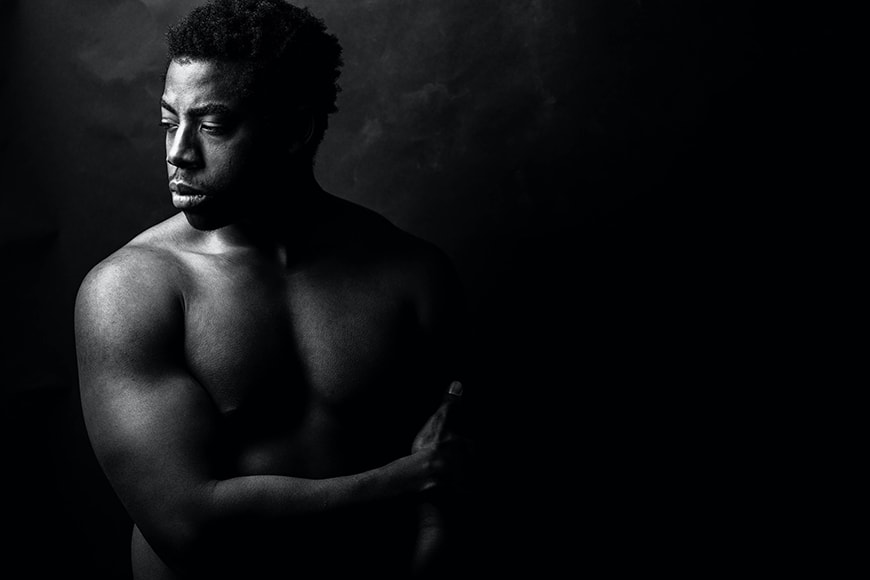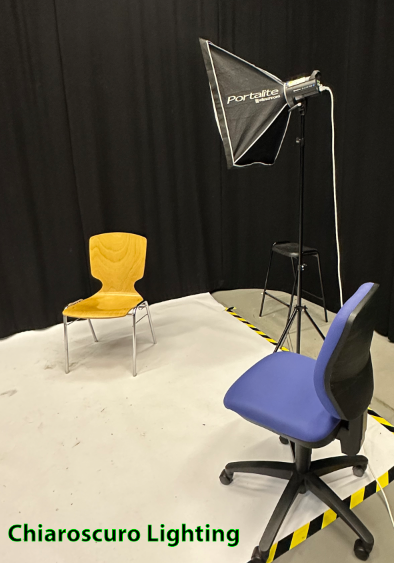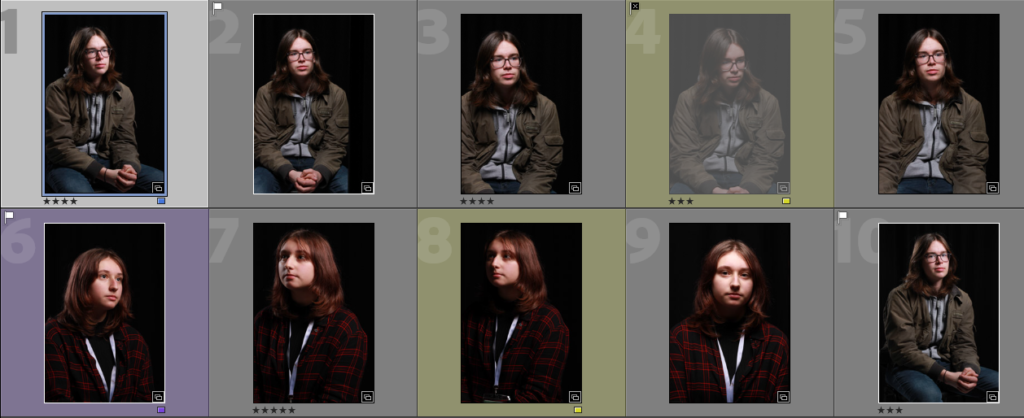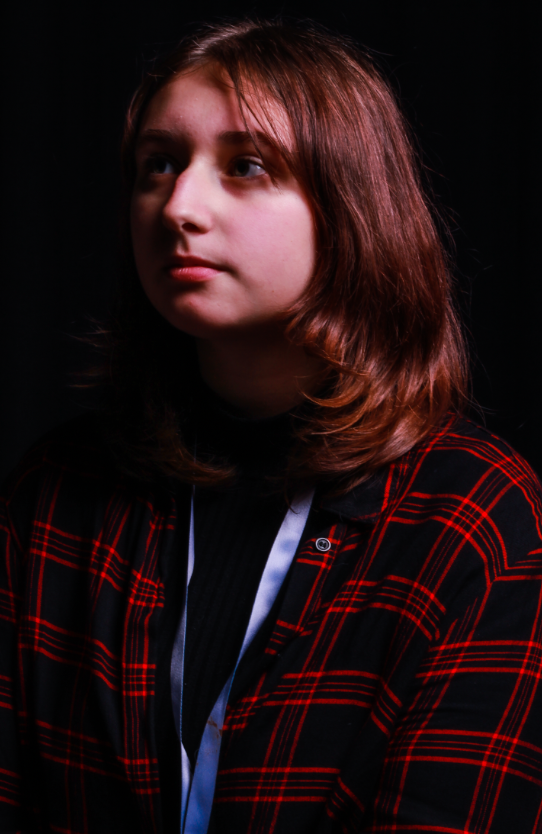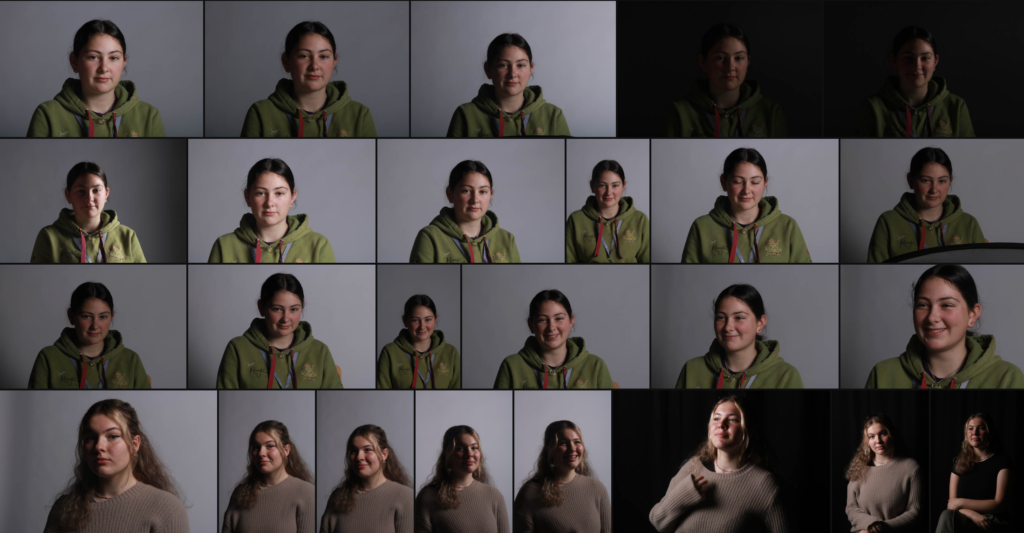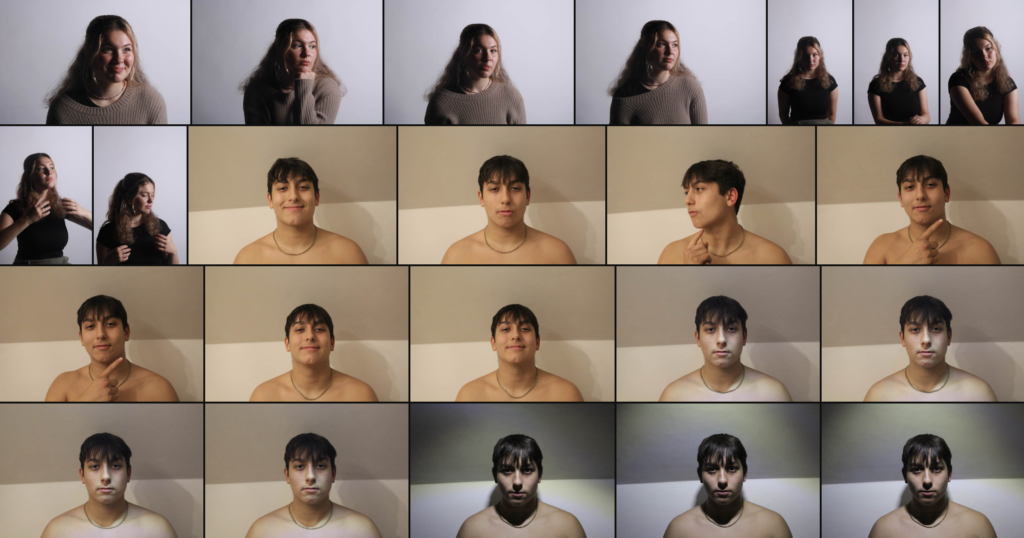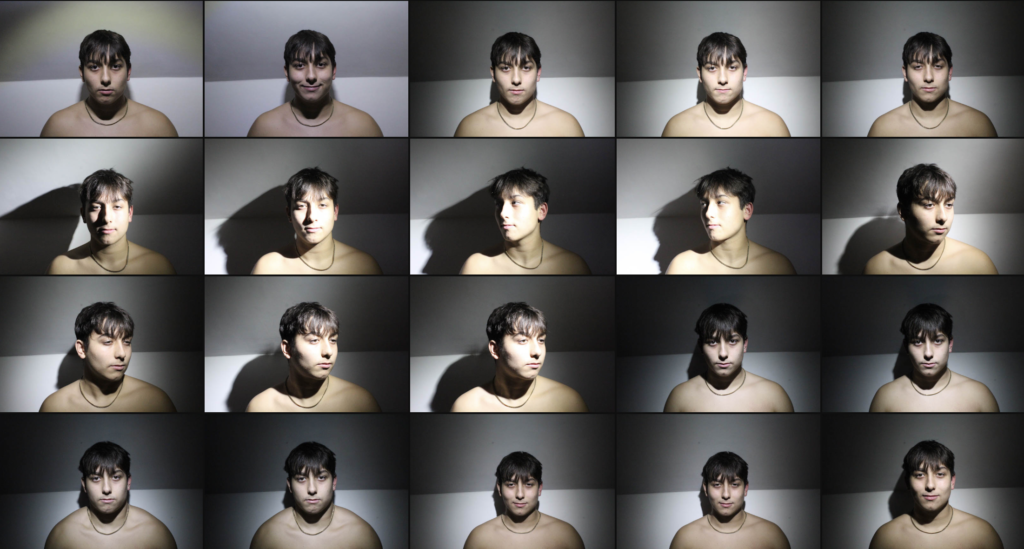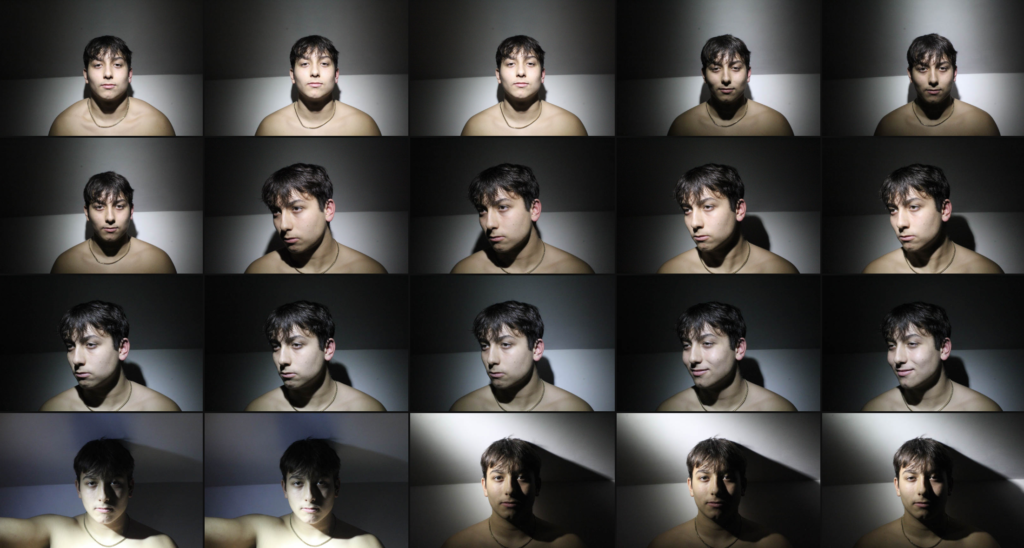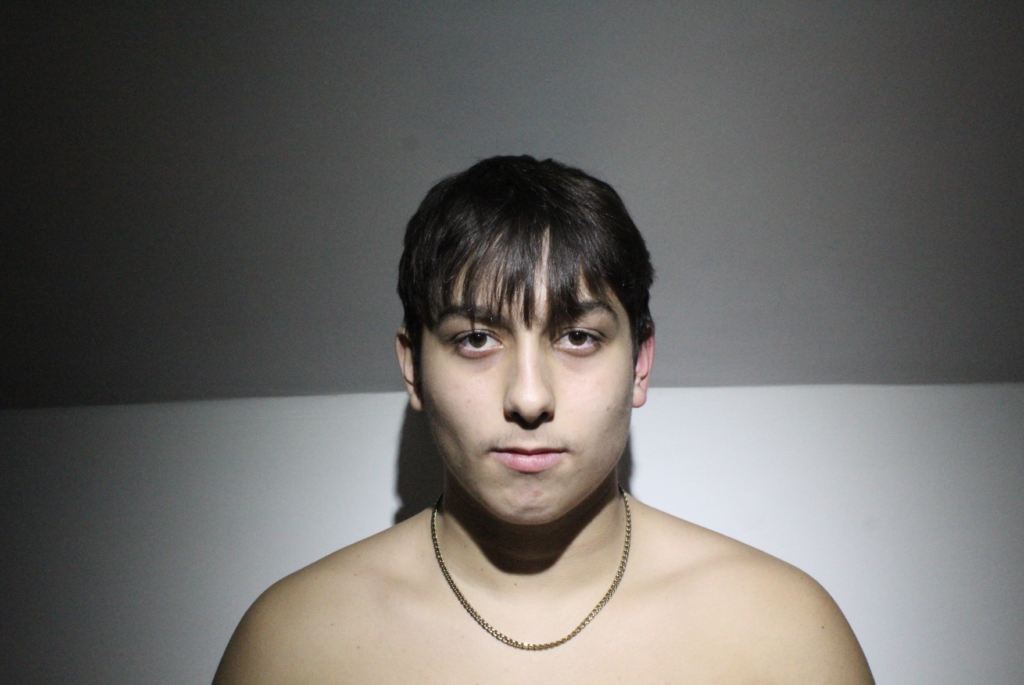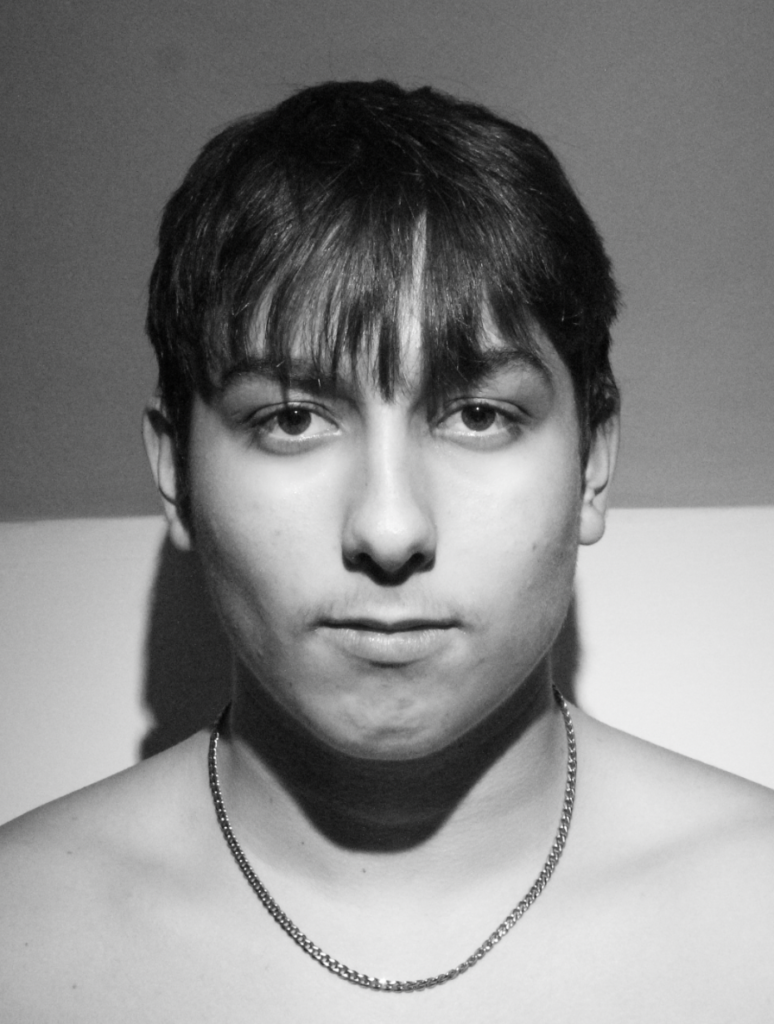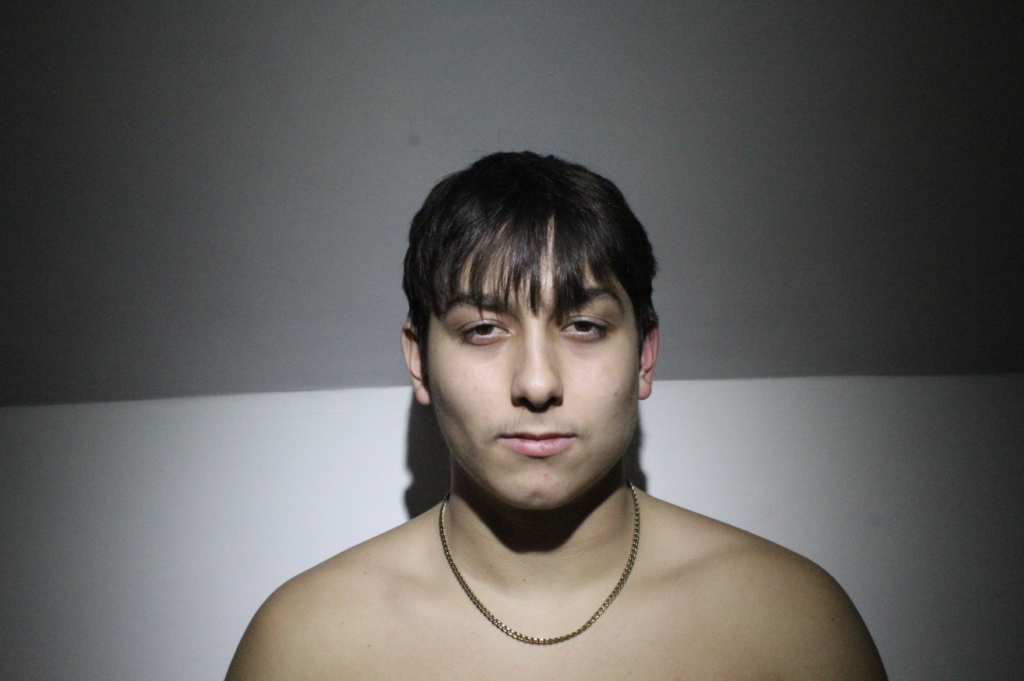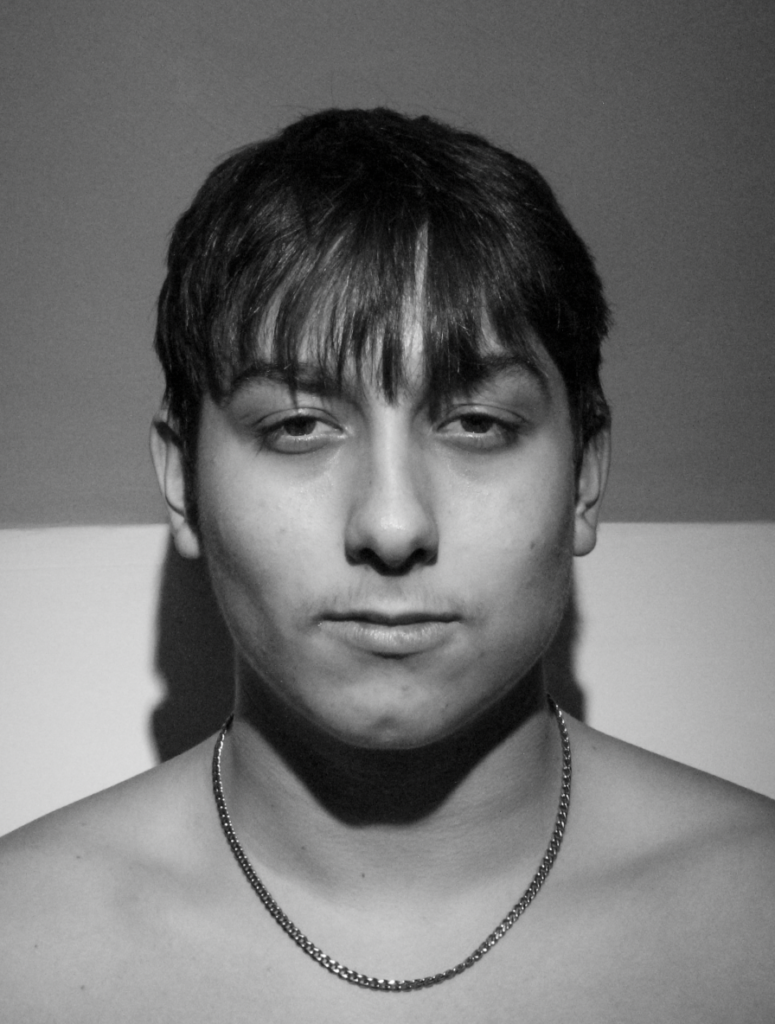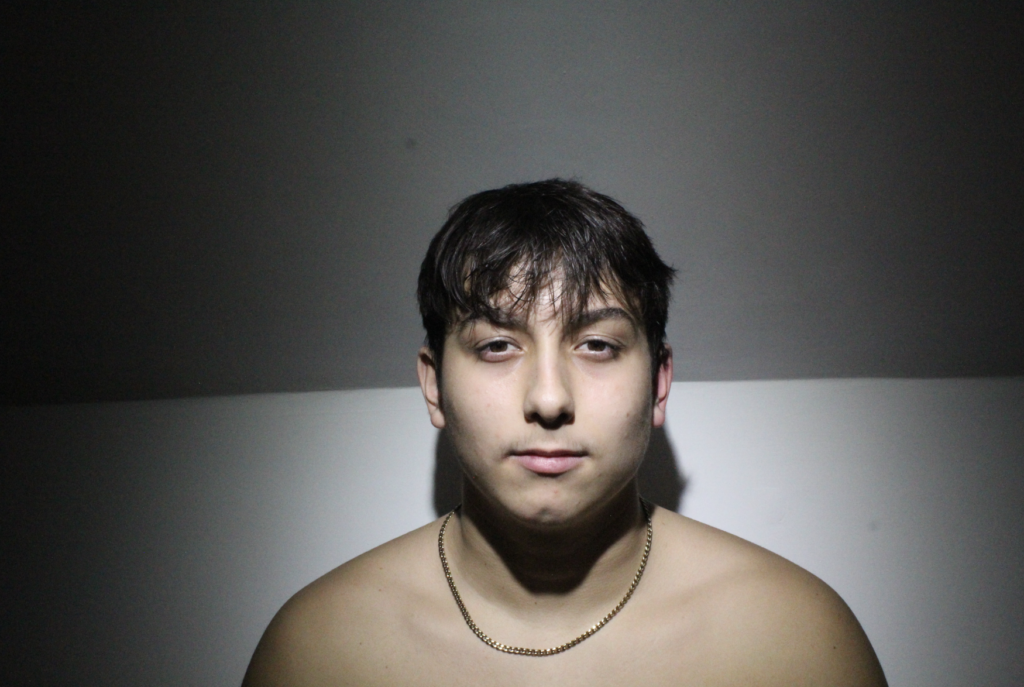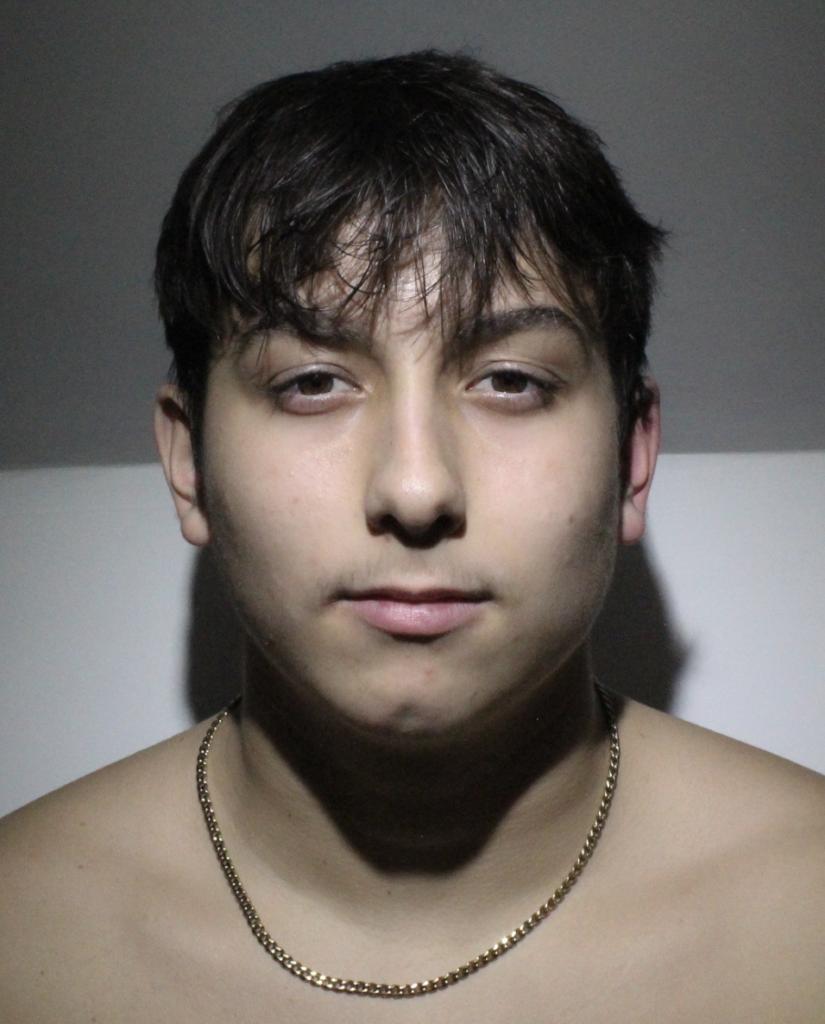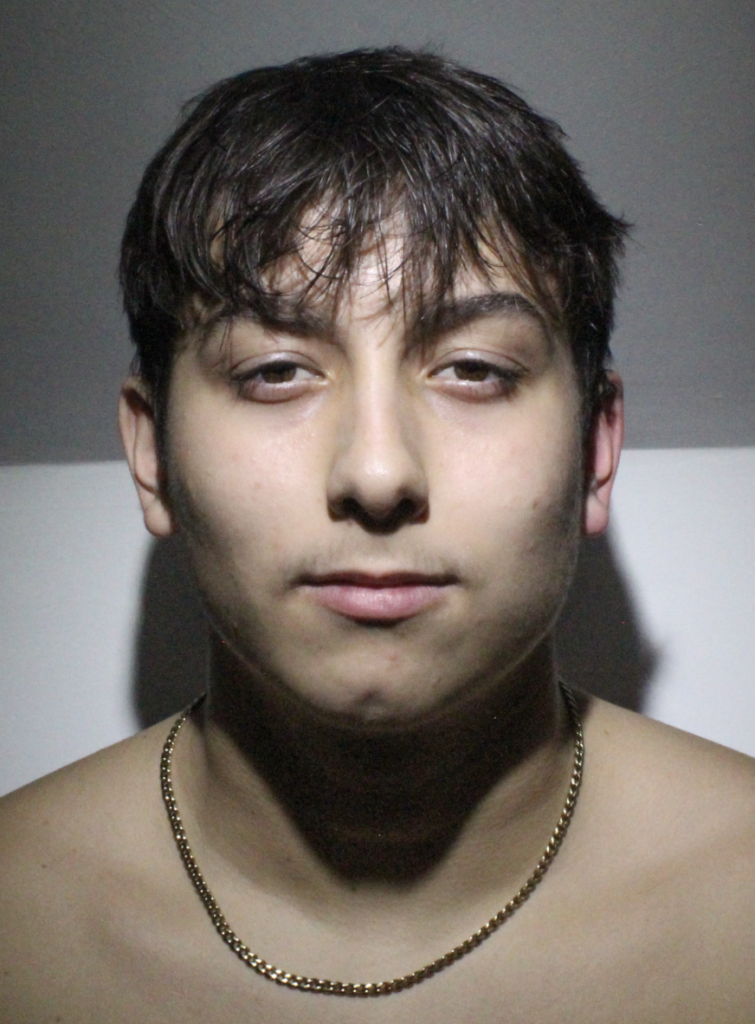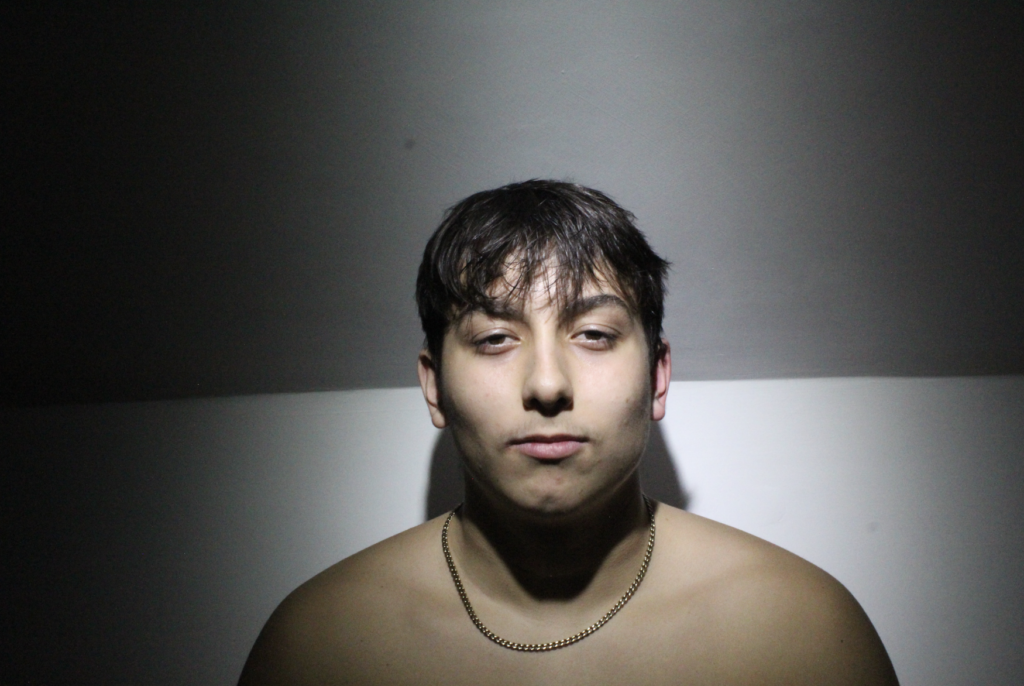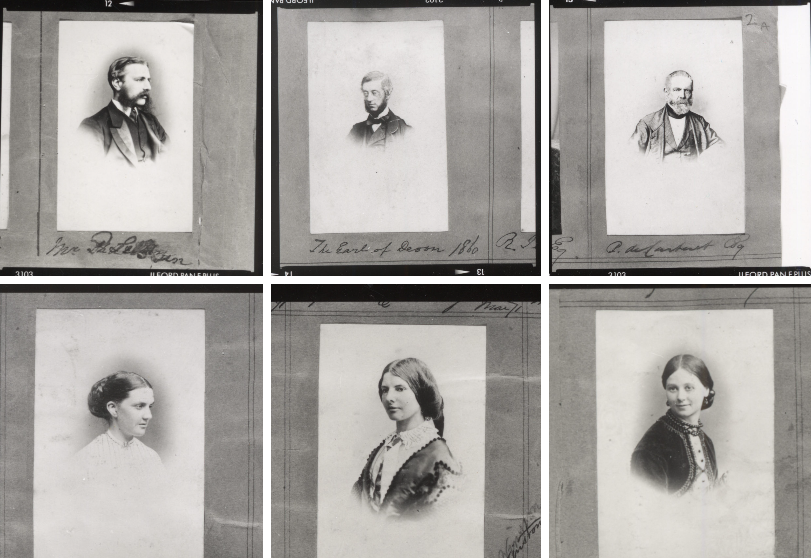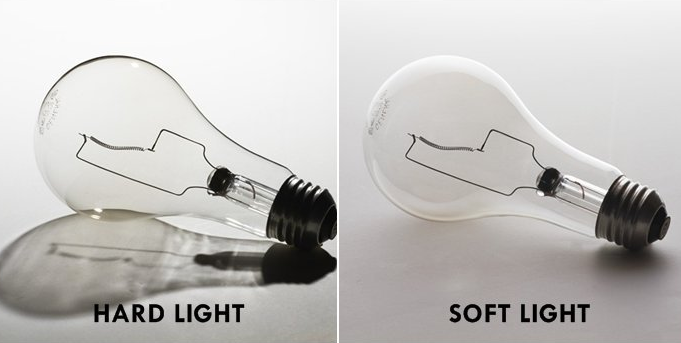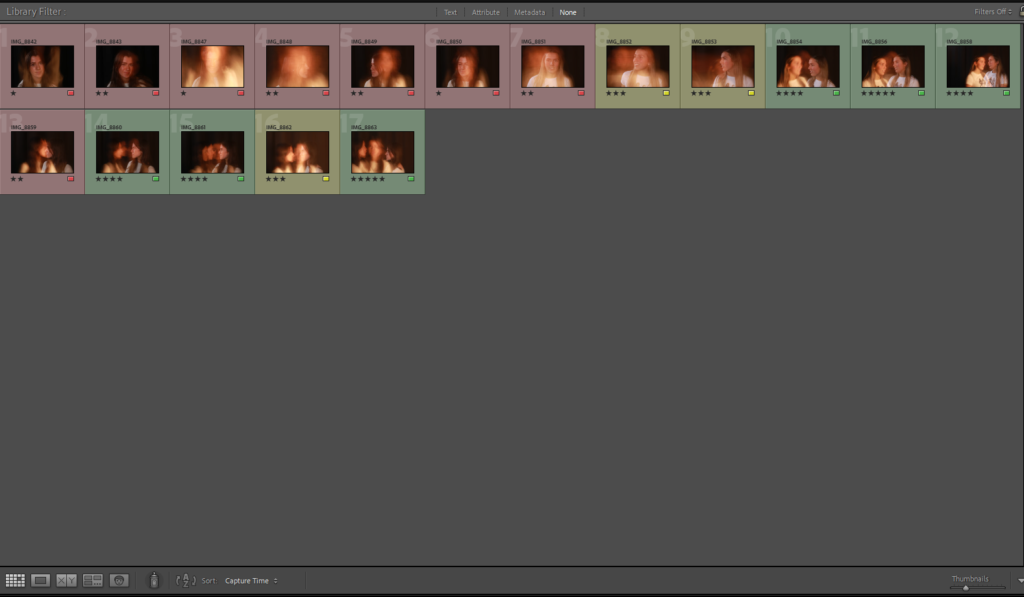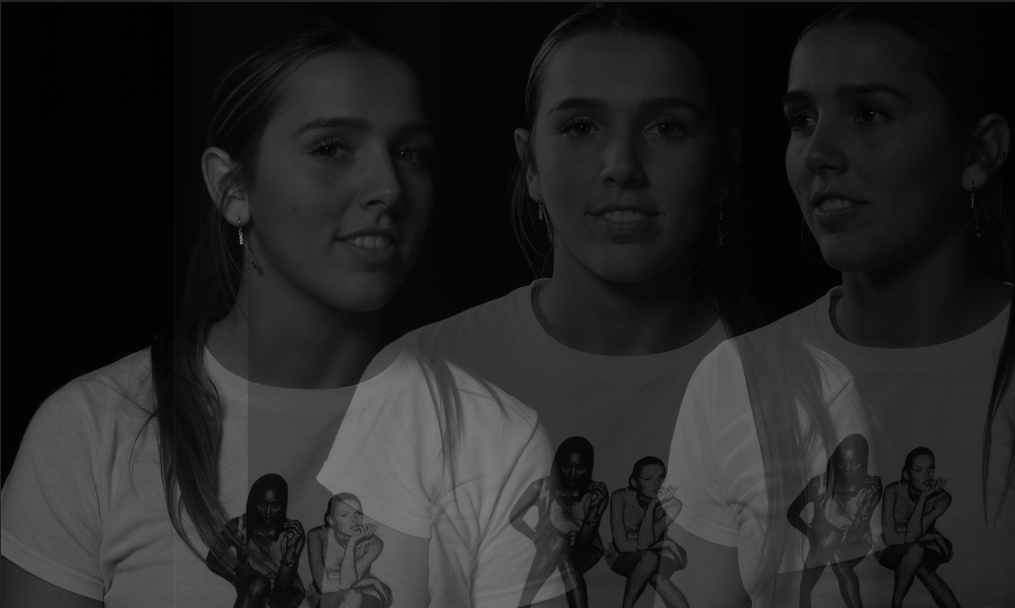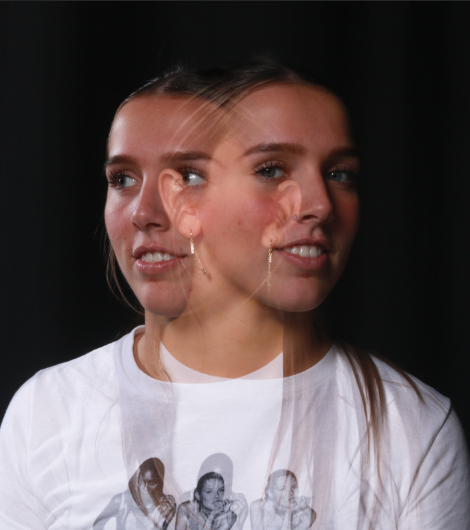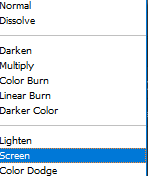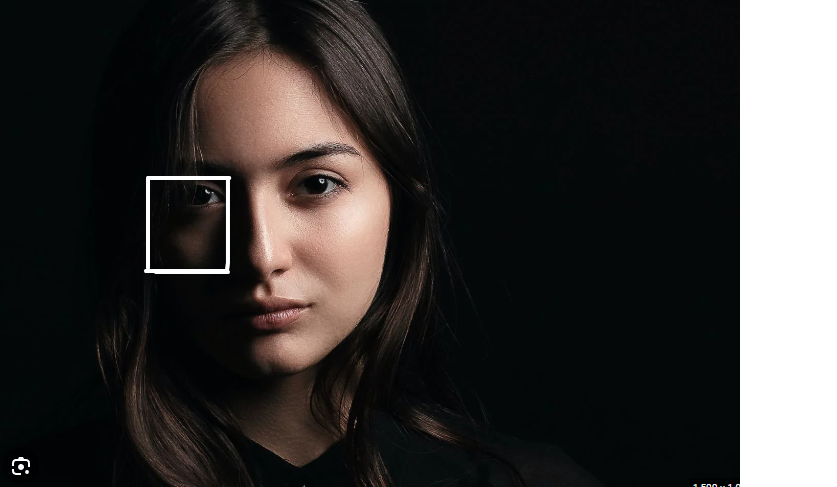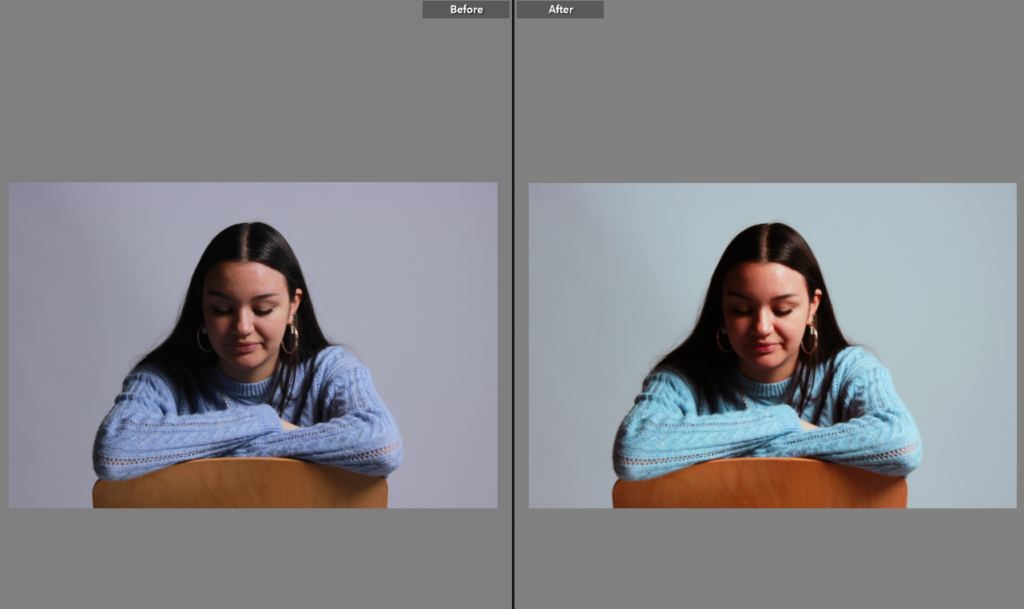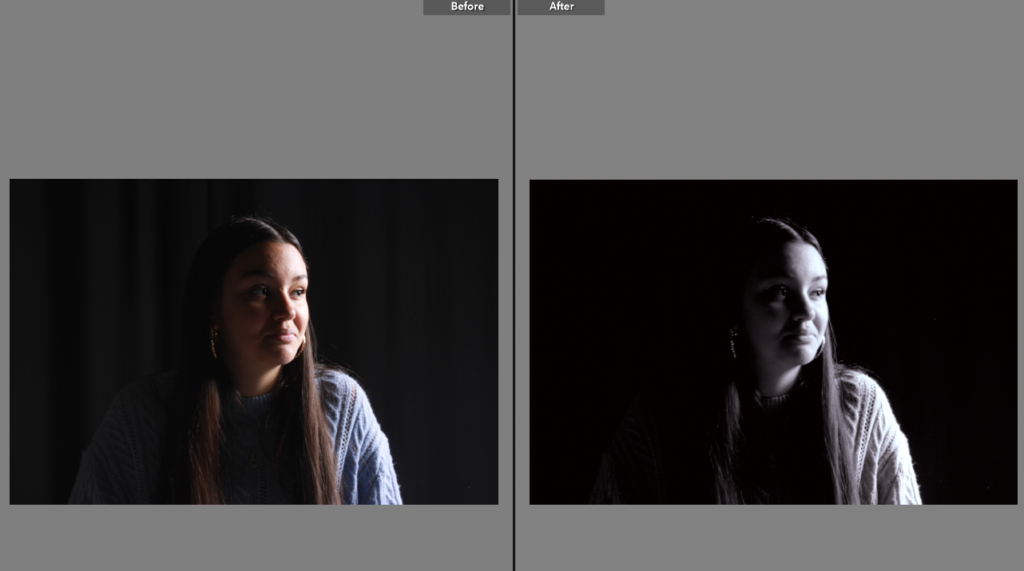What are photo montages?
Photo montages are a style of photography that uses post production editing to achieve interesting and unique results. Transforming basic headshot photos into an entirely new composition. There are many different ways of doing this the most common is a collage style using a printed version of the photo and cutting it and moving the physical copy before photographing the results. This became popular through David Hockney; the style is also often done by using photoshop and ether set shapes or templates.


David Hockney was born in 1937 in Bradford. As he grew up he went to Grammar school and then went onto the Bradford Collage of Art and then onto the Royal Collage of art in London which is where Hockney said he felt at home and took pride in his work. While studying at the Royal Collage of Art in London his work was featured along side Peter Blake, this associated him with the expressionist movement. However the RCA didn’t allow him to graduate as Hockney refused to complete a live drawing of a live model in 1962 and complete an essay. To counter this Hockney painted ‘Life painting for a diploma’ exclaiming he should only be assessed on his artwork solely. Interestingly the RCA having recognised his talent actually changed the regulations regarding final exams and how students were graded. He went onto to teach at Maidstone Collage before moving onto teaching at the University of Iowa, after this he continued to teach at many other universities and collages. In 1964, when Hockney moved to LA he created a series of paintings of swimming pools in a fairly new style of the acrylic medium using punchy, vibrant colours. He then moved between Paris, LA and London before buying a house in Hollywood Hills and expanding his studio with his long term business partner Gregory Evans. Hockney continued to expand his business with his classic demeanour of trying many different styles and inspiring others around the world.
Photo Montages – ‘Joiners’
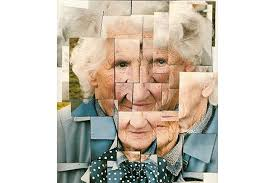
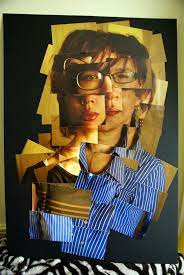
These photos are one of Hockney’s many projects in the early 80’s, he used a 35mm lens to print polaroid photos which were commercially coloured photo prints. He accidently created the joiners when wide angle lens became popular in the 1960’s and he noticed these lens distorted the shots which he did not particularly like. He started using this technique of cutting photos up by hand and sticking them back together when he was actually painting a living room and not a person but he found the new ‘joiner’ looked good as a composition within itself. After discovering this technique he began to create more purposeful versions of the photos and this led to him completely stopping painting for a while and focusing on his photography work. Sadly over time he became irritated with photography and as he felt ‘it’s one eyed approach’ and returned to painting but not before he left his mark on the photography world with his work and his ‘joiners’ work in particular.
Plan for Photoshoot
